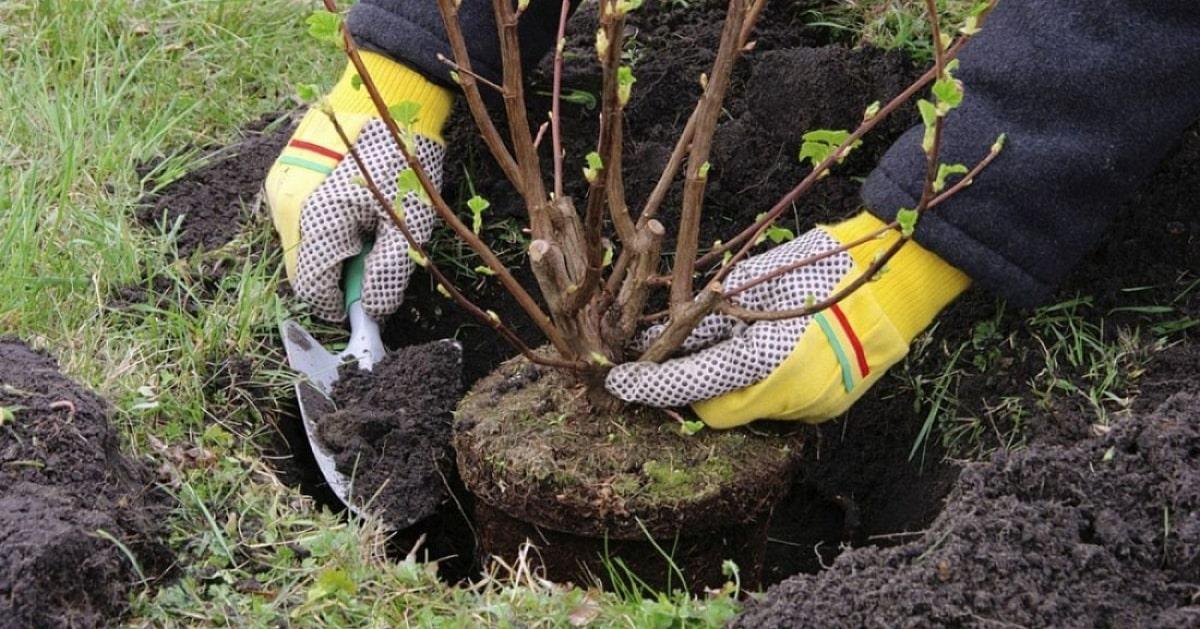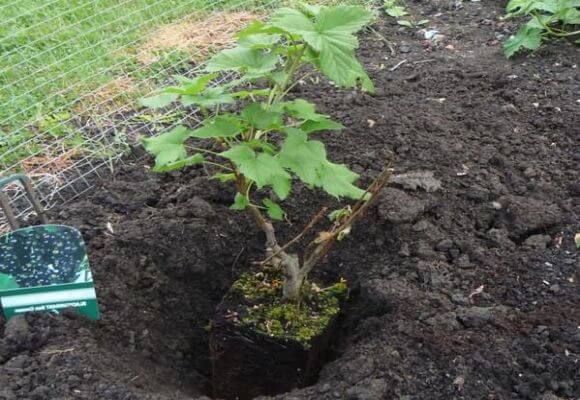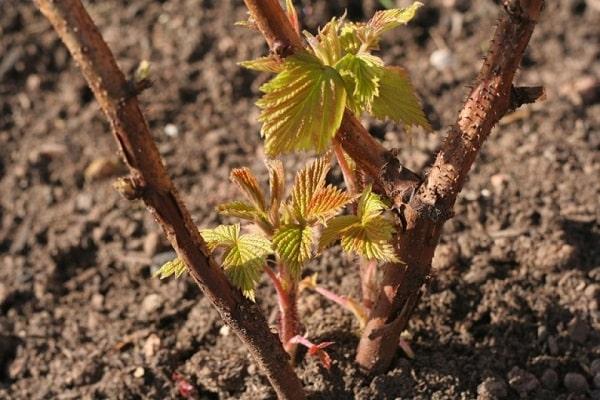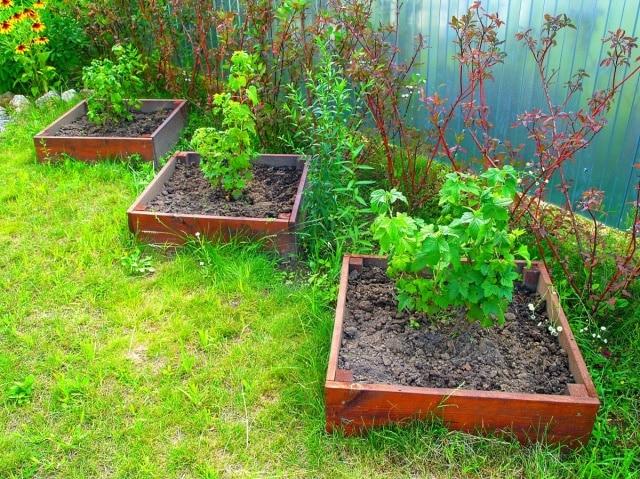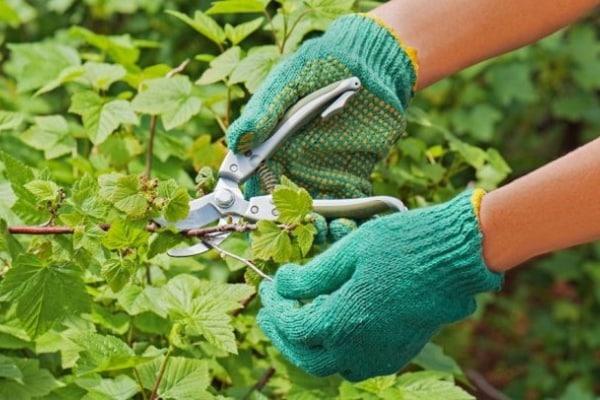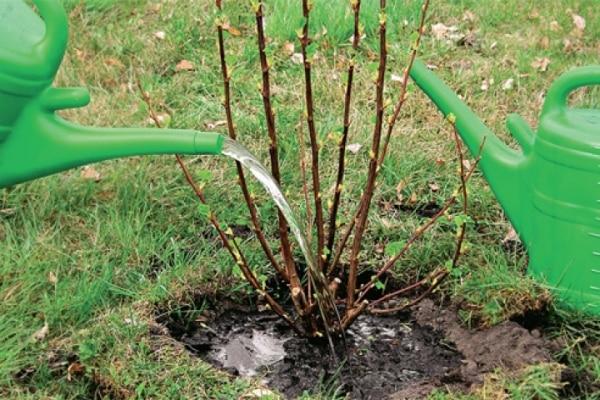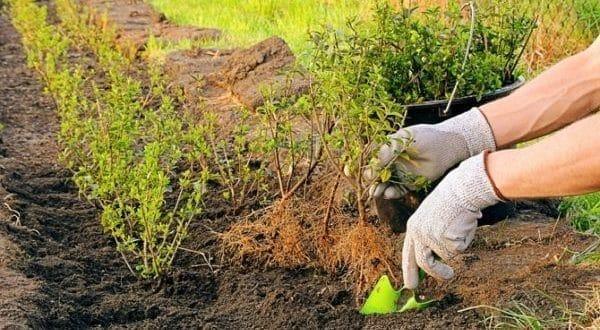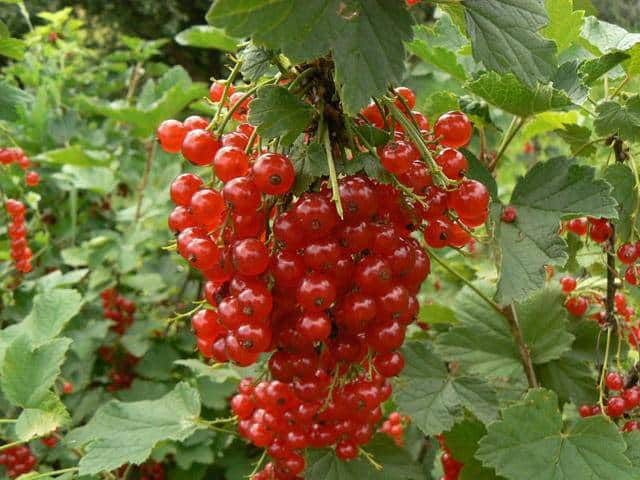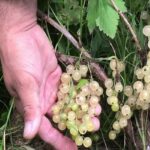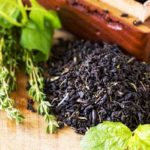There are some rules on how to transplant a currant bush to a new location. It is important to determine what time is best to carry out the procedure so that the root system adapts faster and the plant does not die. The area for planting, as well as the bush itself, is first selected and prepared. After planting, you need to provide the seedling with special care, which involves frequent watering, treatment against diseases and pests, and fertilizing.
- Why is it necessary to transfer to a new place?
- Optimal timing
- When is it better - autumn or spring?
- Is it possible to replant bushes in summer?
- Preparatory stages
- Transplant technology
- Choosing the ideal place for a bush
- Preparing the soil and planting hole
- Preparation of the bush
- Trimming before the procedure
- Landing
- What to consider when replanting young and old currants
- Distinctive features of different types of transplants
- black currant
- red currant
- Care after landing at a new place
Why is it necessary to transfer to a new place?
The need to replant a currant bush from one place to another may arise in the following situations:
- autumn planting of a bush of your favorite variety;
- for the purpose of plant rejuvenation;
- a way to get rid of diseases and pests;
- shadow due to grown fruit trees;
- thinning overgrown bushes;
- increasing productivity, as the land under the bush is quickly depleted.
In order for the currant bush to take root on a new plot of land, it is necessary to carry out preparatory work and choose the appropriate timing.
Optimal timing
When determining in which month to transplant, take into account, first of all, weather conditions. In spring, the best time to carry out work is March (from March 11 to March 22). In the fall, you can start work from the 20th of September and continue until mid-October.
When is it better - autumn or spring?
Plant replanting can be done both in spring and autumn. But in regions with frosty winter months it is better to refuse autumn transplantation:
- In spring, work is carried out before sap flow begins. At the same time, stable warm weather should establish itself. If work is carried out before sap flow begins and the buds and roots wake up, the plant will adapt faster. The shrub will not bear fruit during the transplanting season, but you can be sure that the shoots will not be damaged by frost.
- Autumn replanting has many advantages. Until the onset of the first frost, the air temperature is stable, which has a beneficial effect on the adaptation of the root system.In addition, many nutritional components have accumulated in all parts of the plant, and the movement of juice is suspended. All these factors contribute to the rapid healing of damaged areas. The bush will bear fruit next summer.
In regions with warm and moderately warm climates, it is preferable to replant the crop in the fall. You need to have time to plant the plant before frosts at least 20 days in advance. The ideal period is mid-September.
Is it possible to replant bushes in summer?
It is not advisable to replant a currant bush in the summer, especially in July. At this time, the chances of taking root in a new place are the lowest. The plant devotes all its energy to the development of green mass and the formation of fruits.
But there are cases when replanting cannot be done (for example, the sale of a plot or the soil becomes infected with an infection). In this case, you should dig up the bush with a clod of earth. And the larger the earthen lump, the better, since the roots will not be affected too much. Immediately after transplanting, water the soil generously and mulch with humus.
In August, it is advisable to replant currants using cuttings. Over the summer, young shoots form around the bush, which can be planted throughout the area. Select cuttings with a height of at least 16 cm and a diameter of 5 cm.
Preparatory stages
In order for the transplant to go smoothly, you need to choose the right place, select suitable soil and prepare the planting material itself.
Transplant technology
If the shrub transplant procedure is carried out according to all the rules, adaptation to the new place will take place quickly, and immunity will not be affected.
Choosing the ideal place for a bush
Growing a plant in the right place will bring little trouble, and the harvest will be high-quality and plentiful. To plant a fruit bush, choose a bright, flat area, preferably on the south or southwest side. In these places, the earth is warmed up faster by the sun, the soil is well breathable and water does not accumulate.
Areas where potatoes, buckwheat, legumes, beets, and corn used to grow are well suited for currants.
It is not advisable to plant in a place where there are a lot of weeds or the roots of perennial plants are intertwined. You cannot plant currants in lowlands where water accumulates. This unfavorable factor contributes to the development of fungal diseases and rot. It is also impossible to plant too high, since cold winds blow at higher elevations and water quickly evaporates from the surface of the earth.
Preparing the soil and planting hole
The site chosen for replanting is dug up to a depth of 38 cm in early spring and a fertilizer complex consisting of compost, superphosphate and potassium chloride is applied. Light, nutritious soil with good aeration and neutral acidity is suitable for planting currants. The ideal option is a loamy soil composition.
In August they begin digging the planting hole. Its depth should be approximately 42 cm and width - 62 cm. For tall varieties of currants, the pit dimensions are larger. The top part of the soil removed from the pit is mixed with a small part of rotted manure, wood ash and superphosphate. The resulting fertile substrate is poured into the bottom of the hole and watered with warm water.
Preparation of the bush
Before planting, prepare not only the soil, but also the bush itself. Preparatory work begins several weeks before transplantation. All old and damaged stems are cut out, and young shoots are shortened.
Trimming before the procedure
During replanting, the area of the root system is significantly reduced, as a result, fewer nutritional components will reach the upper part of the bush. Therefore, 2.5 weeks before transplanting, it is necessary to trim secondary branches that do not participate in fruiting. At the same time, the plant rejuvenates.
Strong branches grow at the base of the bush; the fruiting zone begins at a height of 35 cm. There is weak branching here, the shoots are short, but there are flower buds on them.
The upper part of the bush also produces a large number of fruit buds, but they are weaker and the berries are small. Therefore, the third part of the main branches is cut off, while the total height of the bush should be 47 cm. You cannot combine plant replanting with pruning branches. This creates additional stress for the culture, and therefore immunity adaptation rates decrease.
Landing
First you need to dig up the bush from the old place. To do this, dig a 32 cm deep ditch around the trunk area at a distance of 40 cm. Then you should pull the plant at the base. The roots that hold the bush in the ground are cut with a shovel.
Advice. To avoid damaging the plant during work and transportation, the branches are tied with rope.
The dug up shrub is placed on a large canvas and delivered to the intended planting site:
- First, the roots of the plant are inspected. Dried, damaged branches are removed. After which the roots are placed for disinfection in a solution of potassium permanganate for 16 minutes.
- Shrubs are placed in the prepared hole in the center, root branches are distributed and covered with earth. Make sure that the root collar is 5 cm above the ground surface.
- When filling the hole with soil, it is important that no voids form. They increase the risk of developing rot. In order to prevent the formation of voids, the plant is shaken periodically.
- The soil around the trunk is lightly compacted and a groove is formed for irrigation. For the first watering, take two buckets of warm, settled water. Water is poured into the hole slowly, waiting until it is completely absorbed.
The last step is to mulch the tree trunk soil with peat, humus or turf soil.
What to consider when replanting young and old currants
An adult bush should be transplanted to a new site with extreme caution. You need to try to leave as much soil as possible on the roots. The bush is dug in from all sides to a depth of 42 cm. The procedure should be carried out slowly, protecting the roots from damage. It takes two people to pull out a large bush.
Young bushes can be dug up without an earthen ball, since there is a high probability that the plant will take root without it.
Distinctive features of different types of transplants
Each currant variety differs not only in the color of the fruit and growth form, but also in the requirements for soil, environmental conditions and care.
black currant
The black variety of currant is less demanding. Almost any soil is suitable for planting it, and you can choose the northern part of the site. A high yield can be harvested even under temporary shading.
red currant
Red currants make more demands on the soil. The soil should be fertile, loose, with good aeration. Soil with a high sand content is ideal.
For red currants, you need to dig a deeper hole. This is done to establish a drainage layer.Red currant roots do not like excess moisture, as their resistance to fungal diseases is low.
Care after landing at a new place
The first time after planting, buried currants require special attention:
- In order for water and air to freely penetrate to the roots, it is necessary to periodically loosen the soil. At the base of the bush, loosening is carried out to a depth of 7 cm, in the remote area - to 15 cm.
- For the first 12-14 days, water the plant every other day so that the soil is saturated with moisture to a depth of 58 cm. On average, three buckets should be used per root.
To prevent the bush from being damaged by frost, it is insulated for the winter. The tree trunk area is cleared of leaves and other debris. Then the soil is mulched with peat or straw and covered with pine branches. It is better to gather the branches together and tie them with twine. When snow falls, a snowdrift is thrown around the bush.

